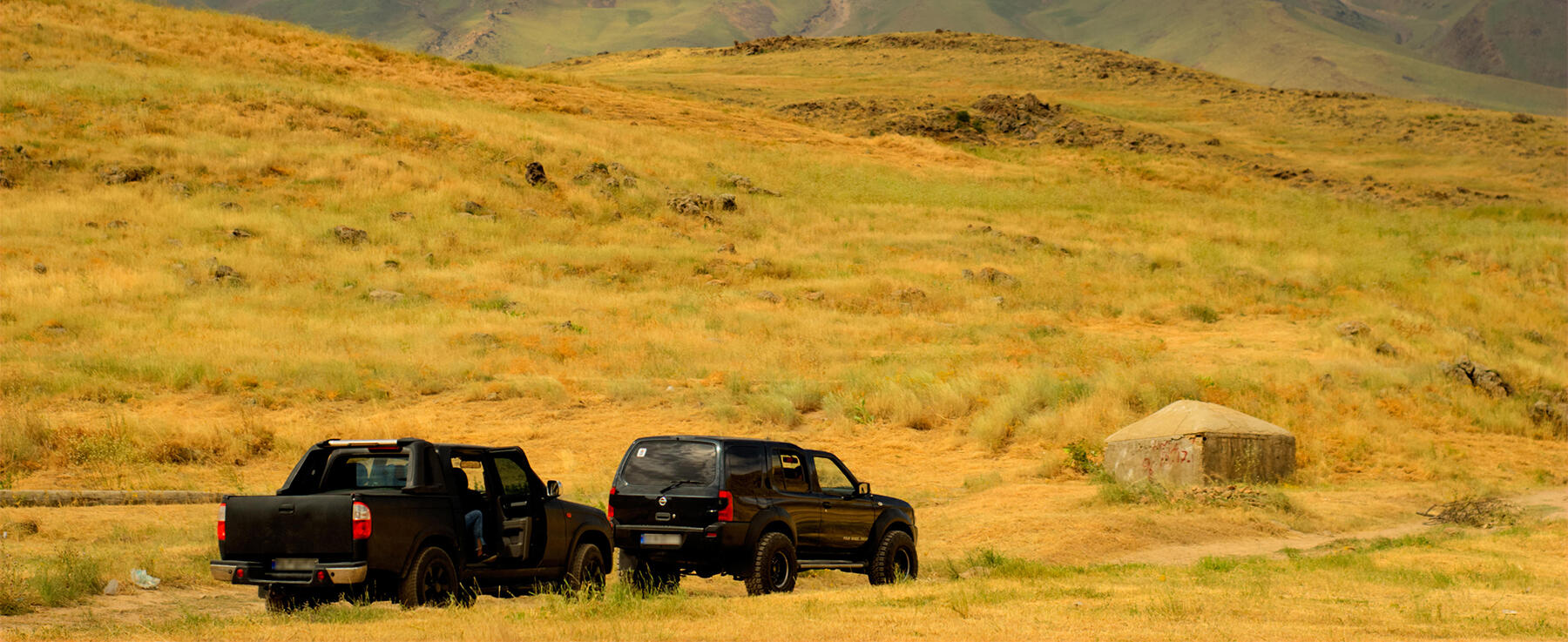
Himalayas in Himachal’ or one must say Himachal in Himalayas. ‘Him’ in Hindi literally means ice or snow and ‘alaya’ means home, which makes Himalayas ‘The Home of Snow’ and from there Himachal gets its name meaning ‘Land of Snow’. While traditionally Himachal was known as a summer destination, the Department of Tourism & Civil Aviation Government of Himachal Pradesh has taken special efforts to break the seasonality factor and has developed diversified tourism products to attract tourists in other seasons too. Now Himachal is known as “A Destination for All Seasons and All Reasons”. In fact, the Department has laid a special emphasis on the development of activity-based tourism and opening up of new sub destinations. To promote tourism in the countryside and to unexplored areas, appropriate infrastructure is being developed within available resources. By focussing on quality tourists, the Department aims at promoting sustainable tourism and encouraging private sector to develop tourism related infrastructure in the State without disturbing the existing ecology and environment. Himachal situated in the heart of the western Himalaya, identified as "Dev Bhumi" and is believed to be the abode of Gods and Goddesses. The entire State is punctuated with stone as well as wood temples. The shadowy valleys, rugged crags, glaciers and gigantic pines and roaring rivers and exquisite flora and fauna compose the symphony that is for ever Himachal. The State has a rich treasure of places of pilgrimage and of anthropological value. The State has also the pride of being the home to rishis like Vyas, Parashar,Vashist, Markandey and Lamas, etc. Shimla Swathed by cedar, rhododendron, fir and Himalayan oak trees, Shimla, the state capital of Himachal Pradesh, is one of the most popular hill stations of India. Several heritage buildings in the city are witness to historical moments that have shaped the history of south Asia. The Ridge and The Mall are still popular landmarks just as they were in the pre-Independence era. The imperial Viceregal Lodge, the graceful Christ Church, Gaiety Theatre, Gorton Castle, Barnes Court and several buildings are part of the colonial architectural heritage of the town. Kasauli A road that bifurcates at Dharampur on the Shimla-Kalka highway leads to the quaint little town of Kasauli that seems to exist in a time warp of the 19th century. Its colonial ambience still retains cobbled paths, quaint shops, gabled houses with charming facades and scores of neat little gardens and orchards. Kasauli is surrounded by a mixed forest of pine, Himalayan oak and huge horse-chestnuts. Monkey Point, 4 km from the Kasauli bus stand, is a vantage point from where you can gaze at the sprawling tricity of Chandigarh-Panchkula-Mohali to the south and Shimla in the north. Manali A gift of the Himalayas to the world, Manali is a beautiful township nestled in the picturesque Beas River valley. It is a rustic enclave known for its cool climate and snow-capped mountains, offering respite to tourists escaping the scorching heat of the plains. The place is a classic blend of peace and tranquility, which makes it a haven for nature lovers and adventure enthusiasts, who want to get off the main tourist trails and experience nature up close. Dharamshala Lying in the shadow of the mighty Dhauladhar range is the quaint town of Dharamshala. Divided in two halves – Kotwali Bazar and the skirting markets make up Lower Dharamshala, which makes a dramatic transition in the upper reaches that has thick pine, cedar and Himalayan oak forests around the township of Mcleodganj. It is an 18 km gradual uphill drive from Kangra that gets you to Dharamshala. Mcleodganj (9 km from Dharamshala) serves as the capital of the Tibetan Government in exile. With rising altitude the summer temperature between Lower and Upper Dharamshala changes from warm to cool climes. Dalhousie Spread over the five hills of Kathlog, Potreyn, Terah, Bakrota and Bhangora, Dalhousie is a popular hill station. Founded by Lord Dalhousie in 1850 as a summer retreat, the town preserves rich colonial architecture, especially so in its beautiful churches. A veneer of Tibetan culture has added a touch of the exotic to the hill station. The town's cool climate attracts a lot of summer visitors. Marvelous forest trails overlook vistas of wooded hills, waterfalls, springs and rivulets. In the distance, River Ravi meandering its course adds to the panorama. Mighty Dhauladhar ranges with snow-capped peaks complete the horizon. Mandi The historically eminent, spiritually significant and amazingly panoramic Mandi is spread out along the banks of River Beas. Besides the river ghats and among the town’s streets are over 80 stone built temples that are decorated with religious motifs and well-chiselled idols of gods and goddesses. Lord Shiva as the main deity of Bhootnath, Trilokinath, Panchvaktra and other important temples has ordained Mandi as the ‘Varanasi of the Hills’ as ‘Choti Kashi’.A week-long festival of Shivratri, held every year in February-March, is when the entire town wears a decorative look. Chamba Chamba, perhaps the loveliest valley of Himachal, is a treasure trove of scenic attractions, sparkling streams, primeval lakes, meadows, dense alpine tree covers, rich wildlife and fertile valleys. Nestling on the right bank of River Ravi, on terraced flats at a scenic place where the smaller Sal River meets the large one, the sprawling township of Chamba was founded by Raja Sahil Varman in 920 AD. It was at the insistence of his daughter Champavati that the king shifted his capital from Bharmaur to Chamba. After Chamba merged with the Indian union in 1947, the town became district headquarters.
© Bonjour Media. All Rights Reserved.